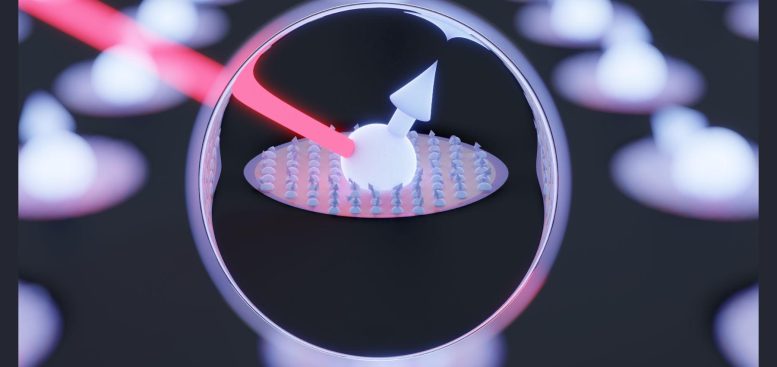
Artist’s impression of an electron spin in a quantum dot, interfaced with light and strongly-coupled nuclear spins (viewed through a lens). Credit: Leon Zaporski – University of Cambridge
A group of researchers have discovered methods to enhance the storage time of quantum information in a spin-rich material.
As part of the worldwide effort to develop practical quantum networks and quantum computers, an international team of scientists have made significant progress in preserving the quantum coherence of quantum dot spin qubits.
A wide range of industries and research endeavors are set to experience transformation as a result of these technologies. They will impact everything from secure information transfer to the search for novel materials and chemicals with unique properties, as well as the precise measurement of fundamental physical phenomena that require synchronized sensors.
Spin-photon interfaces are elementary building blocks for quantum networks that allow converting stationary quantum information (such as the quantum state of an ion or a solid-state spin qubit) into light, namely photons, that can be distributed over large distances. A major challenge is to find an interface that is both good at storing quantum information and efficient at converting it into light.
Optically active semiconductor quantum dots are the most efficient spin-photon interface known to date but extending their storage time beyond a few microseconds has puzzled physicists in spite of decade-long research efforts. Now, researchers at the University of Cambridge, the University of Linz, and the University of Sheffield have shown that there is a simple material’s solution to this problem that improves the storage of quantum information beyond hundred microseconds.
Quantum Dots are crystalline structures made out of many thousands of atoms. Each of these atoms’ nuclei has a magnetic dipole moment that couples to the quantum dot electron and can cause the loss of quantum information stored in the electron qubit. The research team’s finding, reported in Nature Nanotechnology, is that in a device constructed with semiconductor materials that have the same lattice parameter, the nuclei ‘felt’ the same environment and behaved in unison. As a result, it is now possible to filter out this nuclear noise and achieve a near two-order magnitude improvement in storage time.
“This is a completely new regime for optically active quantum dots where we can switch off the interaction with nuclei and refocus the electron spin over and over again to keep its quantum state alive,” said Claire Le Gall from Cambridge’s Cavendish Laboratory, who led the project. “We demonstrated hundreds of microseconds in our work, but really, now we are in this regime, we know that much longer coherence times are within reach. For spins in quantum dots, short coherence times were the biggest roadblock to applications, and this finding offers a clear and simple solution to that.”
While exploring the hundred-microsecond timescales for the first time, the researchers were pleasantly surprised to find that the electron only sees noise from the nuclei as opposed to, say, electrical noise in the device. This is really a great position to be in because the nuclear ensemble is an isolated quantum system, and the coherent electron will be a gateway to quantum phenomena in large nuclear spin ensemble.
Another thing that surprised the researchers was the ‘sound’ that was picked up from the nuclei. It was not quite as harmonious as was initially anticipated, and there is room for further improvement in the system’s quantum coherence through further material engineering.
“When we started working with the lattice-matched material system employed in this work, getting quantum dots with well-defined properties and good optical quality wasn’t easy” – says Armando Rastelli, co-author of this paper at the University of Linz. “It is very rewarding to see that an initially curiosity-driven research line on a rather ´exotic´ system and the perseverance of skilled team members Santanu Manna and Saimon Covre da Silva led to the devices at the basis of these spectacular results. Now we know what our nanostructures are good for, and we are thrilled by the perspective of further engineering their properties together with our collaborators.”
“One of the most exciting things about this research is taming a complex quantum system: a hundred thousand nuclei coupling strongly to a well-controlled electron spin,” explains Cavendish Ph.D. student, Leon Zaporski – the first author of the paper. “Most researchers approach the problem of isolating qubit from the noise by removing all the interactions. Their qubits become a bit like sedated Schrödinger’s cats, that can barely react to anyone pulling on their tail. Our ‘cat’ is on strong stimulants, which – in practice – means we can have more fun with it.”
“Quantum dots now combine high photonic quantum efficiency with long spin coherence times” explains Professor Mete Atatüre, co-author of this paper. “In the near future, we envisage these devices to enable the creation of entangled light states for all-photonic quantum computing and allow foundational quantum control experiments of the nuclear spin ensemble.”
Reference: “Ideal refocusing of an optically active spin qubit under strong hyperfine interactions” by Leon Zaporski, Noah Shofer, Jonathan H. Bodey, Santanu Manna, George Gillard, Martin Hayhurst Appel, Christian Schimpf, Saimon Filipe Covre da Silva, John Jarman, Geoffroy Delamare, Gunhee Park, Urs Haeusler, Evgeny A. Chekhovich, Armando Rastelli, Dorian A. Gangloff, Mete Atatüre and Claire Le Gall, 26 January 2023, Nature Nanotechnology.
DOI: 10.1038/s41565-022-01282-2



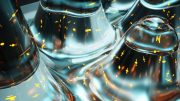
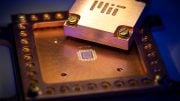
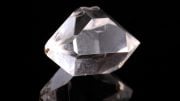
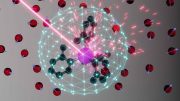
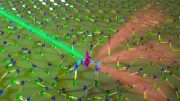
All the best IN the world, New now. Q bits Quantum physic with our a Zip logged over lode extrusion zone.Should be able to confirm wather or not habitable!.
30/03/2023 6:03 received 14:03 Comment Data log mess quite. Advance of the Human existence. Future with out fault?,
The computing capability of the control chip in quantum computers needs to be disconnected from out side influences all the way down to the quantum level of existence meaning maybe stored or incased in a vacuum tight environment neutral as possible, insulated and separated as far as possible from a conductive material.